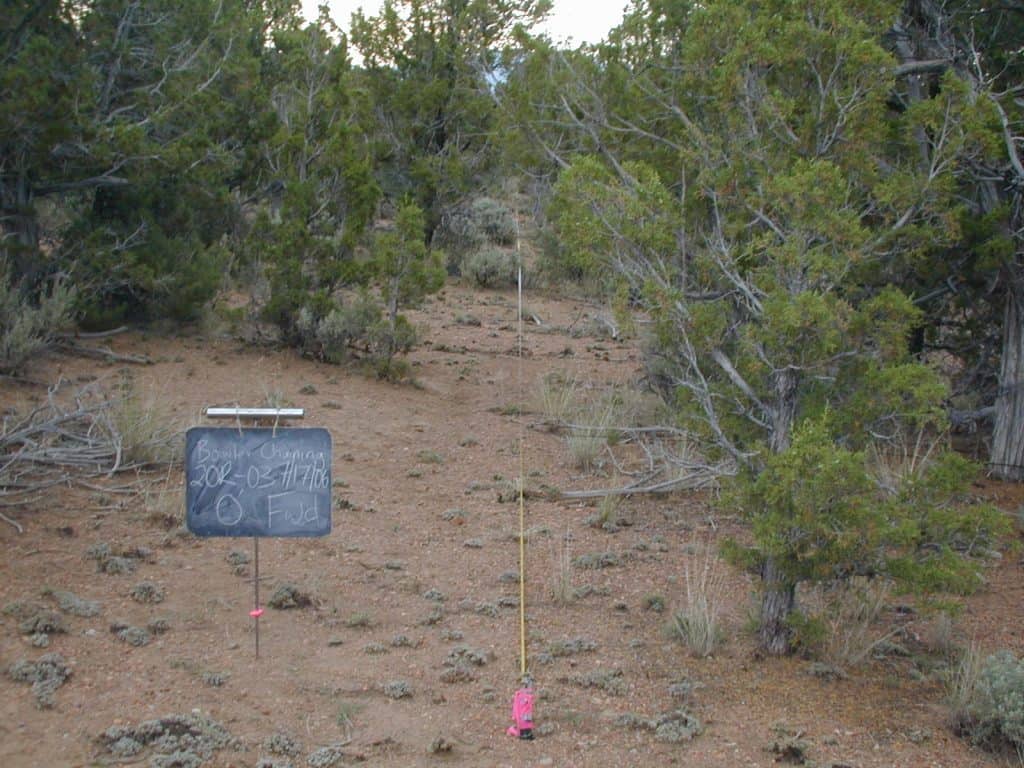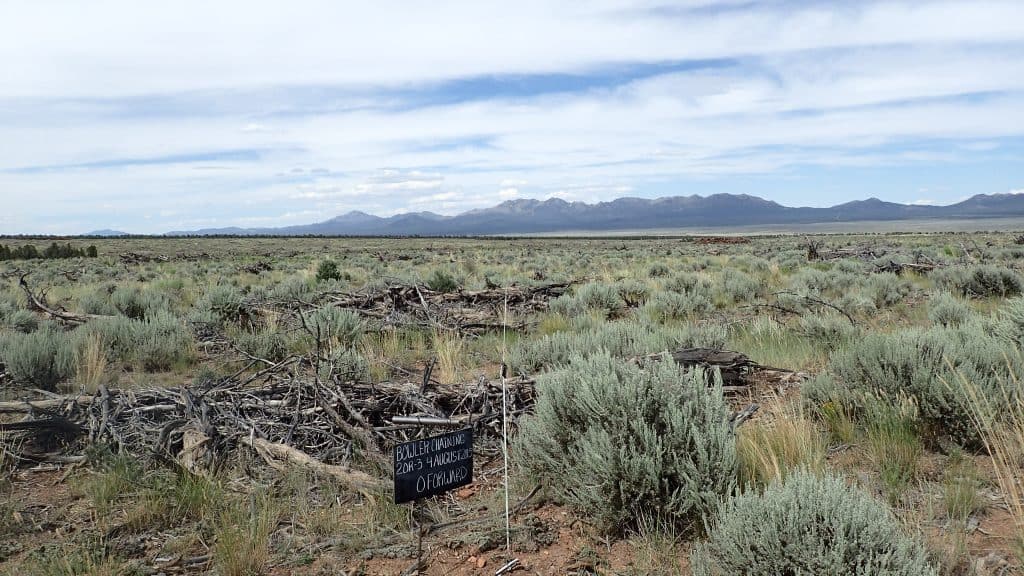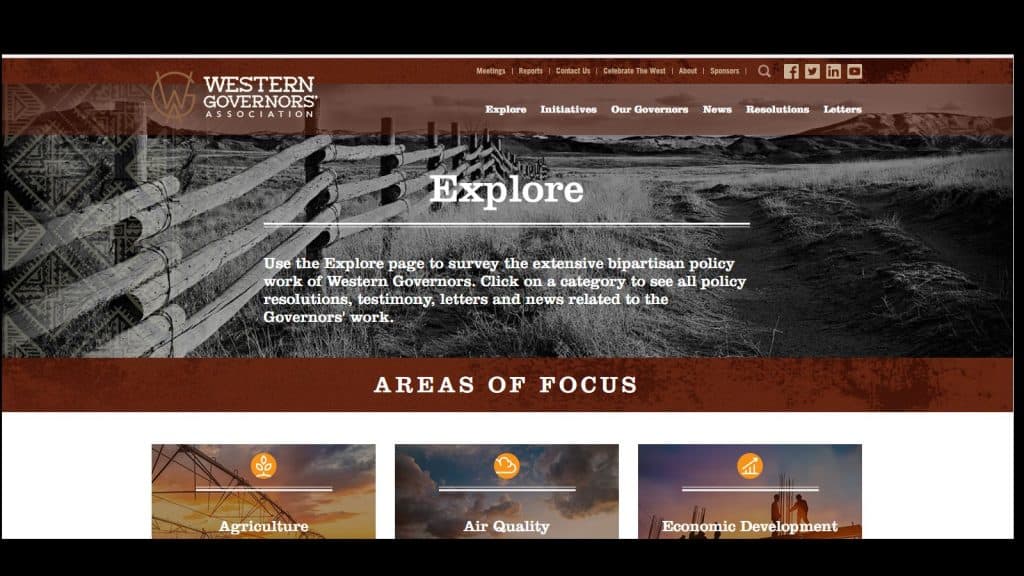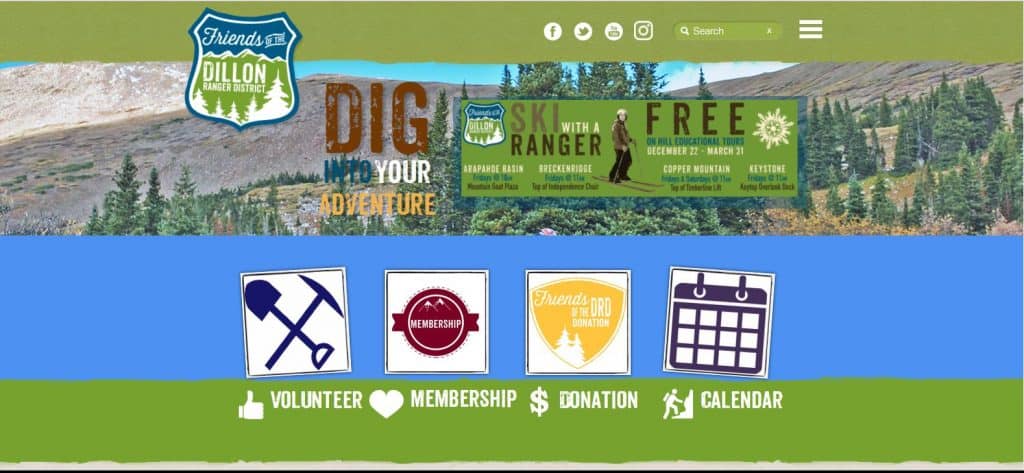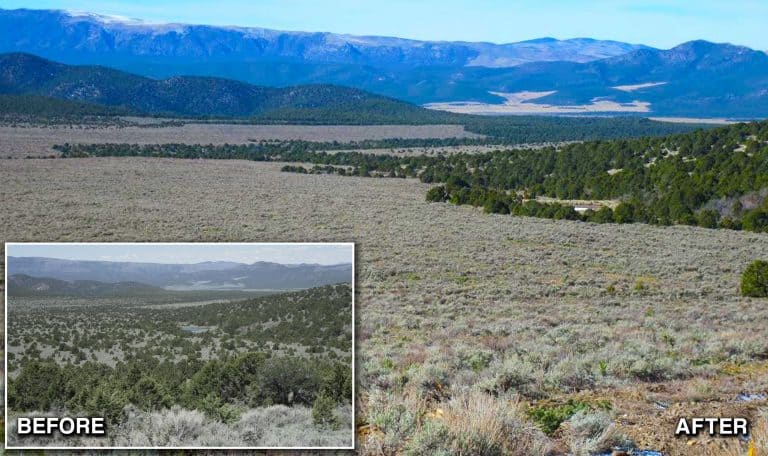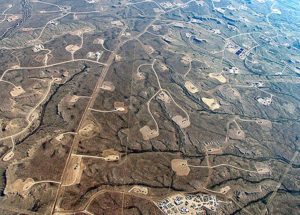The proposed vegetation management projects (apparently) targeted in the SUWA commercial we discussed here are part of the Utah Watershed Restoration Initiative, a partnership effort with the State, BLM and private groups linked here.
Why is the State responding to an ad that attacks the BLM?
-The project depicted in the SUWA ad was funded and completed through the State of Utah’s Watershed Restoration Initiative (WRI).
-Funding for this project came from several different sources including: Bureau of Land Management (sage-grouse funds), State of Utah general fund (tax dollars), —
– State of Utah fuels reduction fund, Foundation for North American Sheep, The Mule Deer Foundation and Sportsman for Fish and Wildlife.
-The State of Utah issued contracts for the chaining operation, the aerial seeding, the seed purchase, the cultural resource surveys and many other parts of the project.
-State of Utah employees were involved in the planning and implementation of the project. Click this link for more information on the project shown in the SUWA ad.
What is Chaining?
-Chaining is a management tool used by WRI and the BLM to reduce pinyon and juniper trees to make way for more usable forage for wildlife and livestock.
-It involves the dragging of a large anchor chain between two crawler tractors.
-The chain rolls across the ground removing trees while simultaneously tilling the soil to prepare the seed bed for seeding.
-Chaining operations always involve an aerial application of seed to help the area recover and thrive following treatment.
-Chaining has been used by state and federal agencies since the 1950s.
Why do the BLM and WRI use this technique?
-One of the major threats to both Sage Grouse and Mule Deer is the ongoing increase of pinyon and juniper trees in Utah.
-Pinyon and juniper stands, like our higher elevation timber stands, need to be managed. Chaining and the seeding that follows helps to diversify these even-aged stands of trees and create areas that provide better habitat and forage for wildlife and livestock.
-Chaining breaks up the often continuous and dangerous fuels, this reduces the size and intensity of fires, saving millions of dollars in fire suppression costs.
-Chaining is not the only, or the most common, treatment technique we use to diversify these over-mature stands of pinyon and juniper trees but it is the least expensive and most useful for large project areas.
-Chaining is used in older stands of pinyon and juniper where the trees have almost completely driven out grasses, flowering plants and shrubs. We call these late succession or phase III stands.
-These older stands of pinyon and juniper provide very little usable habitat for wildlife or forage for livestock.
-Chaining reduces competition for water and nutrients to help seeded plants to better establish and grow. Similar to how we weed our gardens and till the soil before we plant each spring.
-Research and monitoring from across the west has shown the long term success of this treatment technique. Studies have shown significant increases in grasses, flowering plants and shrubs following chaining as well as increases in available soil moisture.
-Some anecdotal evidence exists showing an increase in stream and spring flows as well as ground water levels following pinyon and juniper removal projects. WRI is currently funding long term study with the Utah Geological Survey to confirm this.
Are Chaining projects currently being planned or implemented within the Grand Staircase Escalante National Monument (GSENM)?
-No green tree chaining projects are currently under consideration for FY2019 funding through DNR or Utah’s Watershed Restoration Initiative.
-The use of chaining as a treatment technique depicted in the SUWA commercial was specifically forbidden by the old GSENM management plan. The new management plan has yet to be written.
-The treatment polygons highlighted by SUWA depicts areas currently under consideration for future restoration treatments within the old and new GSENM boundaries.
It is our understanding that these highlighted future project areas represent pre-monument chaining treatments that are being considered for maintenance projects to remove any remaining and invading pinyon and juniper trees.
-The treatment techniques being considered in these areas include hand removal, mulching, chaining, etc.
****************
And I will add: The monument management plan, which is the guiding document for land management for the lands both inside and excluded from GSENM, indicates that chaining is limited to areas that contain late seral stage sagebrush stands, and is restricted from being used on live pinyon and juniper trees. Also note that these projects are designed, in part, to improve habitat for sage grouse.
